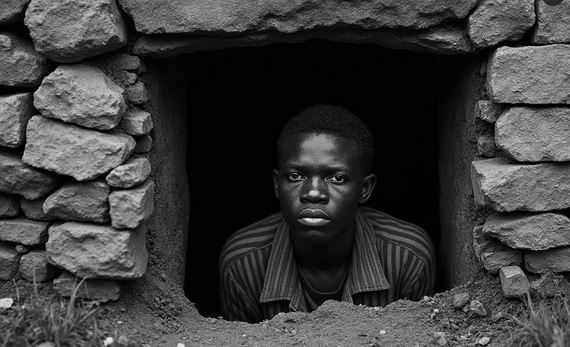PHILADELPHIA, PA – Philadelphia, the “City of Brotherly Love,” played a pivotal role in the Underground Railroad, a network of secret routes and safe houses used by enslaved African Americans to escape to freedom in the North and Canada. More than just a stop on the journey, Philadelphia was a vital center of abolitionist activity, providing resources, refuge, and hope to those fleeing bondage.
Philadelphia: A Crucial Hub on the Underground Railroad
While Philadelphia was founded on principles of liberty and equality, it was also a city where slavery persisted. This contradiction fueled the abolitionist movement and made the city a natural haven for freedom seekers.
Key Factors Contributing to Philadelphia’s Importance:
Strong Abolitionist Community: Philadelphia had a vibrant community of Black and white abolitionists who worked tirelessly to aid escaping slaves. Organizations like the Pennsylvania Abolition Society and the Philadelphia Vigilance Committee provided financial assistance, legal aid, and safe havens for those fleeing slavery.
William Still, the “Father of the Underground Railroad”: William Still, a free Black man, was a central figure in Philadelphia’s Underground Railroad operations. He meticulously documented the stories of those who passed through the city, providing invaluable records of their journeys and helping to reunite families separated by slavery.
Strategic Location: Situated between the slave states of the South and the free states of the North, Philadelphia was a geographically crucial point on the Underground Railroad. Its proximity to the Delaware River also made it a gateway to freedom in Canada.
Network of Safe Houses: Numerous private homes, churches, and businesses in Philadelphia served as safe houses, providing temporary shelter and assistance to escaping slaves. These “stations” were often run by Quakers, who were deeply involved in the abolitionist movement.
Notable Figures and Places:
Harriet Tubman: The legendary “conductor” of the Underground Railroad, Harriet Tubman, frequently passed through Philadelphia, using the city as a base for her daring rescue missions.
Mother Bethel A.M.E. Church: Founded by Richard Allen, a former slave, this historic church was a center of abolitionist activity and a safe haven for escaping slaves.
Pennsylvania Hall: This building, constructed by abolitionists, was burned down by a pro-slavery mob in 1838, highlighting the tensions and dangers faced by those working for freedom.
Philadelphia’s Legacy:
Philadelphia’s role in the Underground Railroad is a testament to the courage and resilience of those who fought for freedom. The city’s legacy as a beacon of hope for escaping slaves continues to inspire us today, reminding us of the importance of fighting for justice and equality for all.
Exploring Philadelphia’s Underground Railroad History:
Today, visitors to Philadelphia can explore this important history through museums, historical sites, and tours. The National Constitution Center, the Museum of the American Revolution, and the African American Museum in Philadelphia all offer exhibits and programs dedicated to the Underground Railroad.
By learning about Philadelphia’s role in the Underground Railroad, we can better understand the struggle for freedom and the enduring power of hope in the face of adversity.


Follow Us!